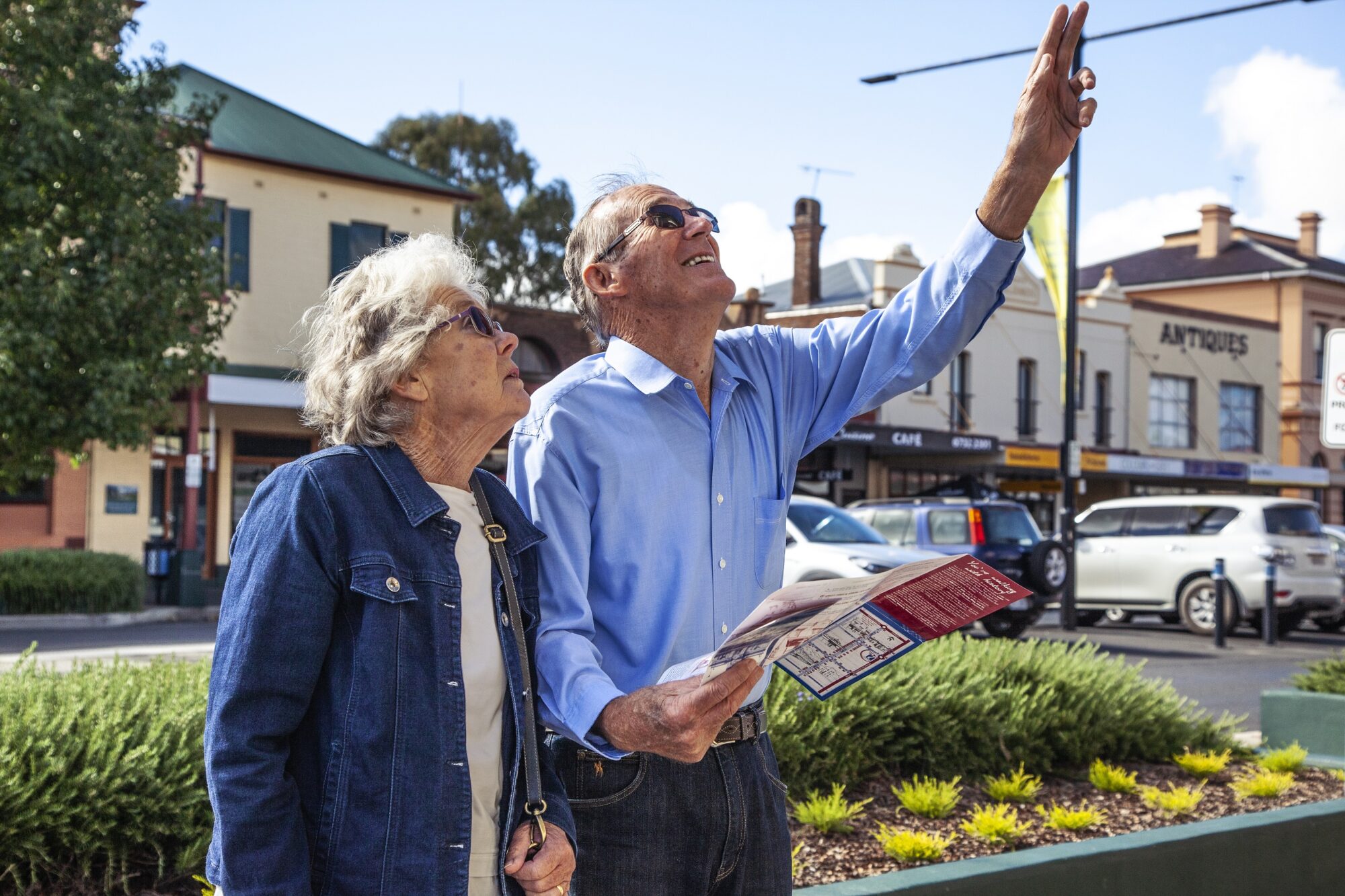Walk with history and gaze upon the magnificent buildings of Glen Innes, like the basalt stone courthouse built in 1873, a year after the Adelaide-Darwin Overland Telegraph was completed and seven years before the first Edison-Bell telephone was installed in Sydney.
Or the School of Arts building and impressively ornate Kwong Sing and Co department store, both built no more than six years after the hanging of Ned Kelly.
Other buildings were going up as NSW bushmen volunteered for the Boer War, Australia planned and then united in a Commonwealth.
Several buildings were completed in 1914 when our youth went off to World War 1, in the roaring twenties when they frenetically celebrated peace and in the 1930s as we weathered the Great Depression.
And yet the walk is a mere glimpse into our rich history.
There’s even more to see in the town and district drives of Glen Innes Highlands – federation and earlier homes, churches built by pioneers, showgrounds dating back to 1877, and tranquil villages like Deepwater and Emmaville with a romantic past and reflecting the very essence of rural life.
To absorb an impressive showcase of that history, spend time at the Land of the Beardies History Museum & Research Centre.
To fully appreciate the buildings, we suggest you view them from the opposite side of the road.
Pick up a copy of the Glen Innes Highlands Heritage Walk Guide from the Glen Innes Visitor Information Centre
Glen Innes Visitor Information Centre
152 Church St, Glen Innes NSW 2370
02 6370 2400
tourism@gisc.nsw.gov.au
www.gleninneshighlands.com








